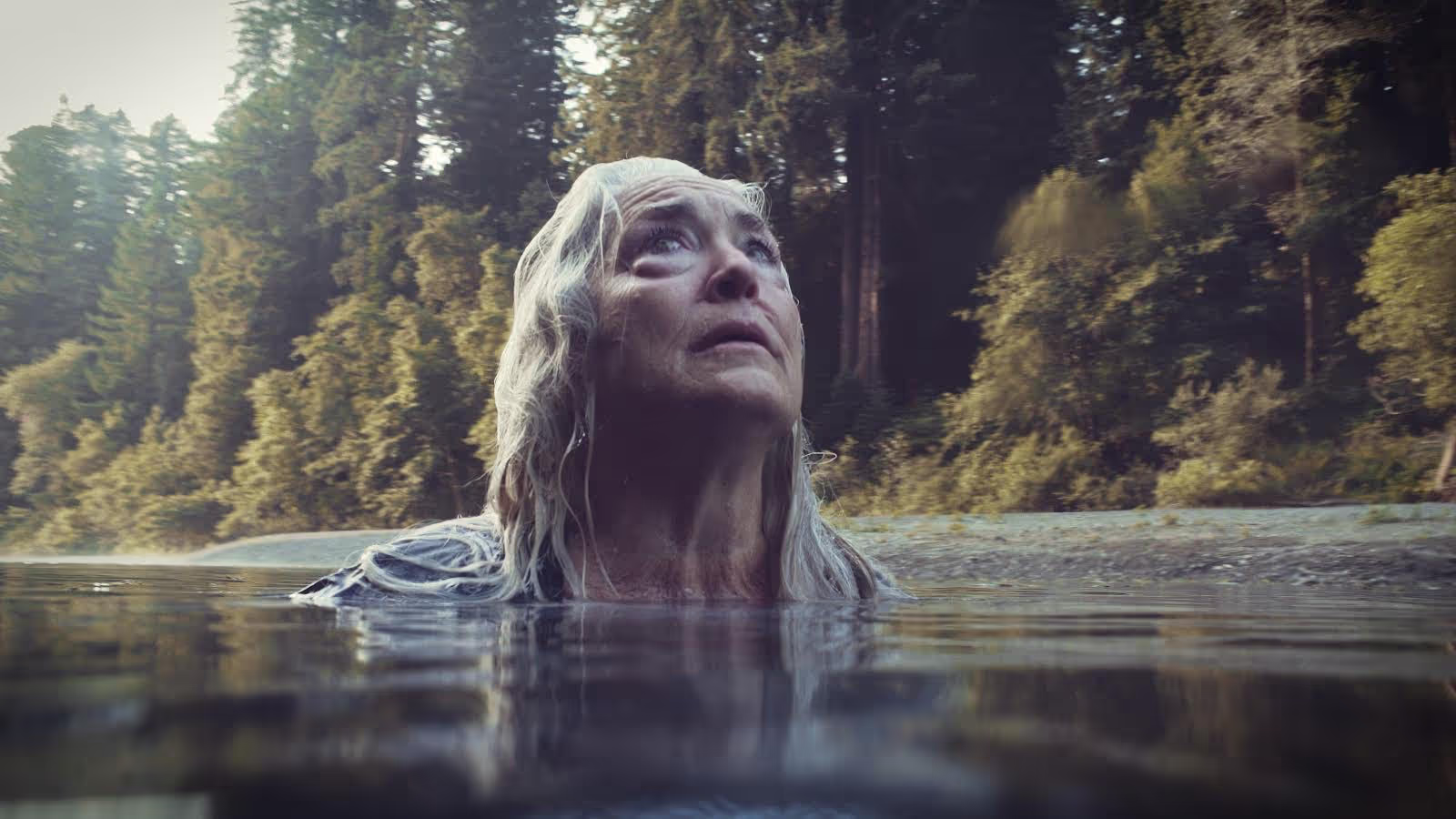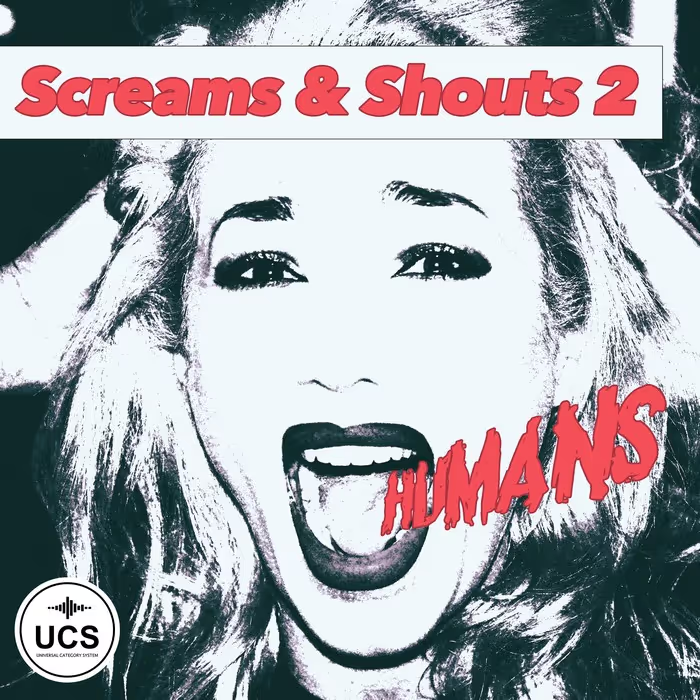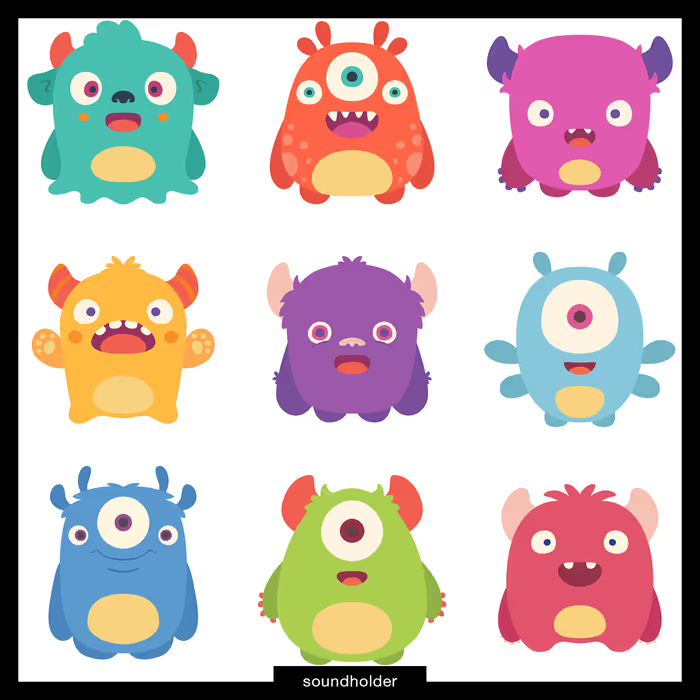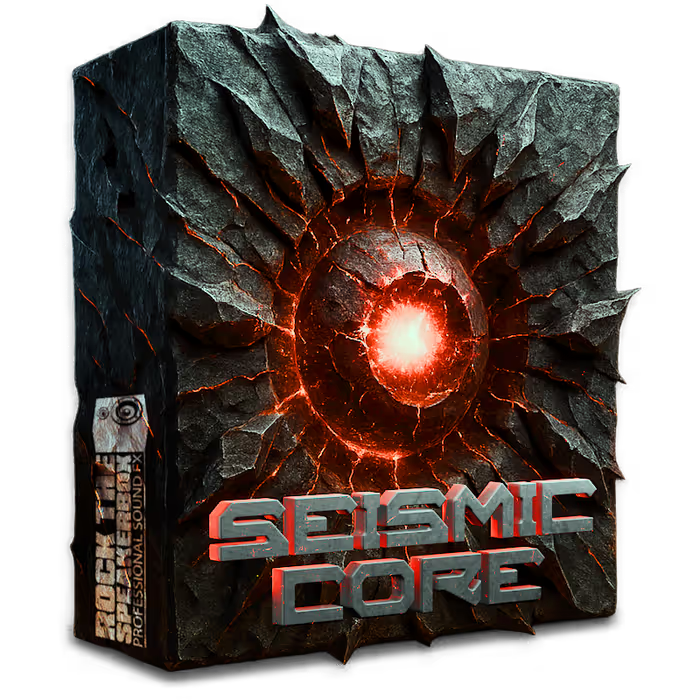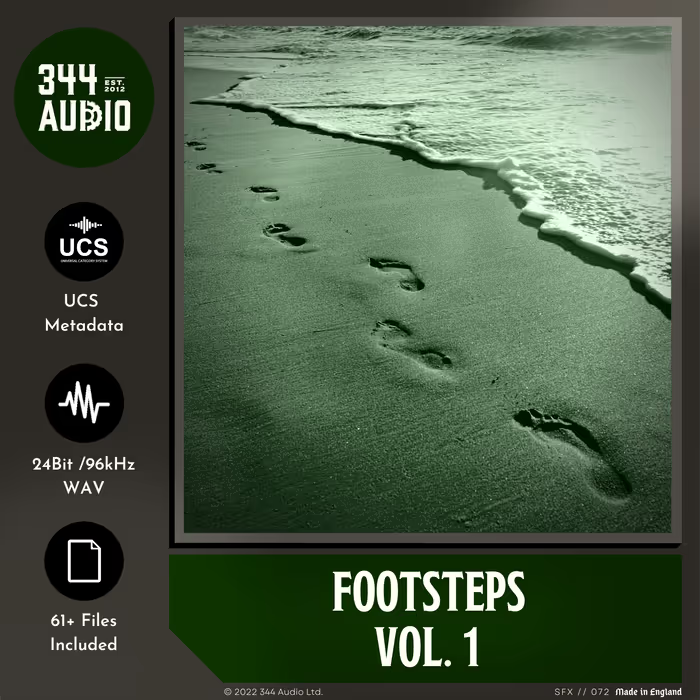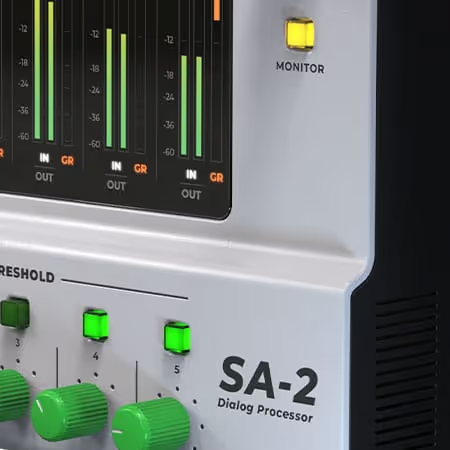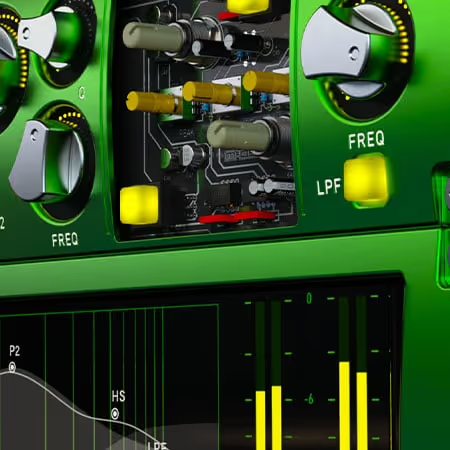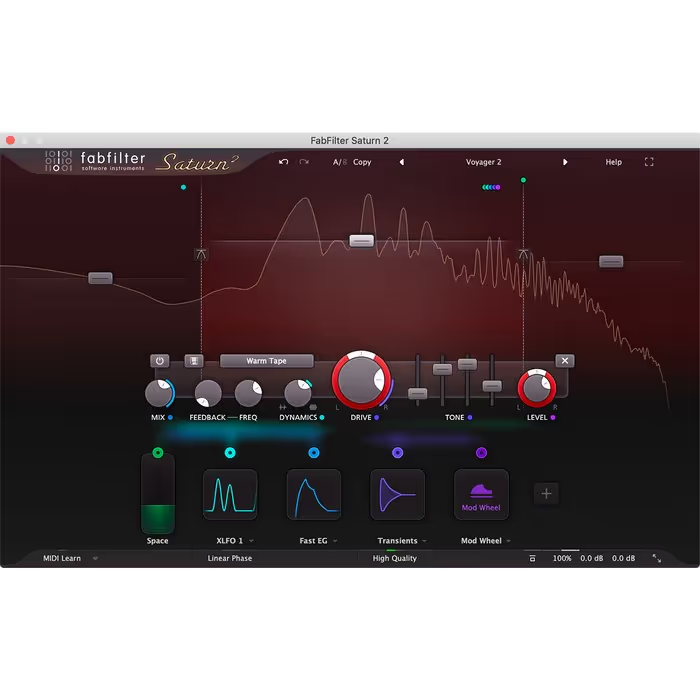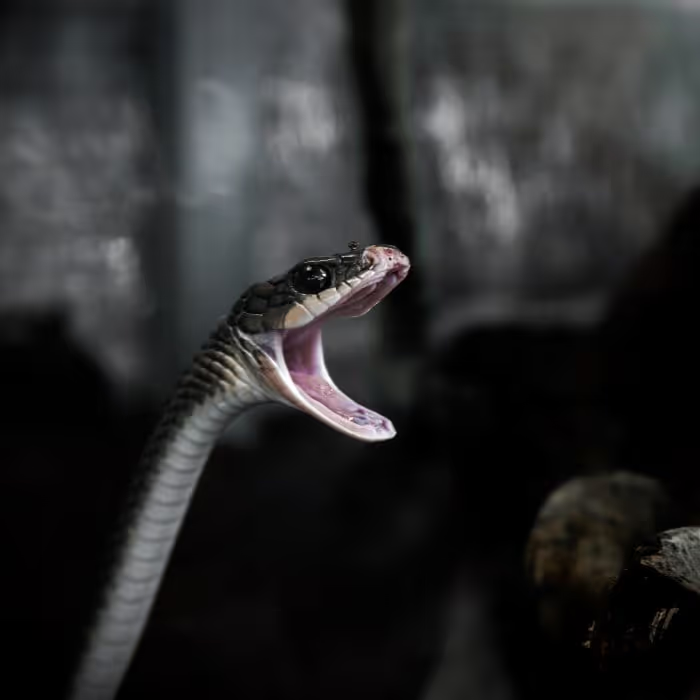Doug Siebum (DS): Can each of you tell me a little bit about your personal histories and how you found your way into working on films and doing sound and music for films?
William Fritch (WF): I was very much in the world of making records, producing albums and I had put all of my eggs into being a self sufficient multi instrumentalist and arranger as I possibly could. I got hired by bands to do overdub sessions and do string and horn arrangements. That market pivoted and changed.
I wanted to focus on my own compositions. I was in Los Angeles and I was working as an assistant for this composer, Greg Tripi and I worked as his assistant for a few larger budget productions and was able to see how Hollywood compositions were made. The whole process of creating. I would build Kontakt instruments and midi instruments for these composers that would in turn create these midi files and then plan everything around a 5 day big orchestra session. It’s amazing how efficient and how well oiled that process can be. I think of myself as more hands on and it just wasn’t for me.
I moved to the Bay Area to go to Mills college and get my masters in composition. While I was there, I met Jon Else who runs the journalism documentary film program at UC Berkeley. He introduced me to a whole community of documentarians and filmmakers, which is coincidentally how I met Kate and Mario who made Freeland. We worked together for the first time 11 years ago and that was the beginning of my career here in the Bay Area. Since then, it’s been 125 films in almost 12 years. I live in Petaluma. I have my recording studio that I built in an old converted barn. I just put my head down and work and I’m in the time vacuum and next thing you know it’s another finished film.
Peter Albrechtsen (PA): My story is that I grew up with a dad who was really into music and classical music. So I learned classical piano as a child. As soon as I was able to turn on the TV for myself, I watched a lot of movies. Then, as a late teenager, I discovered that you could do sound for movies and that was a revelation. I could mix all the things that I loved about music with all the things that I love about movies and make sound for movies. Then I got into the film school in Denmark and I graduated from there in 2001. So that’s almost 20 years now. Since then I’ve been working like crazy.
I think the thing that’s special about the Danish film school is that you do both documentaries and fiction films. So there’s not really any kind of border between the two. All these years I’ve been going back and forth between documentaries and fiction films and I kind of treat them the same. For me it’s all about sonic story telling and how do you tell the story with sound and create a sound universe for each movie. I don’t really care so much what category of film it is. And I really brought that along from the film school.
Right now I’m mixing a film called We Are As Gods which is a documentary and I’m working with two directors, who were the first US directors who contacted me without it being a co-production or any kind of money involved. They had seen some of my stuff. I really remember it. They wrote me on Twitter and said “okay we want to work with you on our first film” and I was like “okay, how the hell did you ever hear of me”? They said “we just watched your movies on iTunes”. So they had seen my stuff and we got connected. So now this is our third feature length documentary together. And then one of the directors of this film is Jason Sussberg, who is married to Kate who directed Freeland.
It’s a nexus of three power couples that are collectively responsible for three features and one short that were supposed to show at SXSW this year.
WF: It’s a nexus of three power couples that are collectively responsible for three features and one short that were supposed to show at SXSW this year.
PA: Yeah, so very exciting times. Also, what we really bonded about is this love for sound that’s really telling a story. So it’s not something that’s just in the background. It’s not just understanding what’s being said, sound and music have a very prominent personality in their movies. It’s very inspiring to work with them. Our collaborations come from this. They worked with Will, and they worked with me, and we started working together. So there’s this kind of open environment and open atmosphere. There’s this feeling that you can say everything. It’s a very creative environment, which is extremely inspiring to be part of.
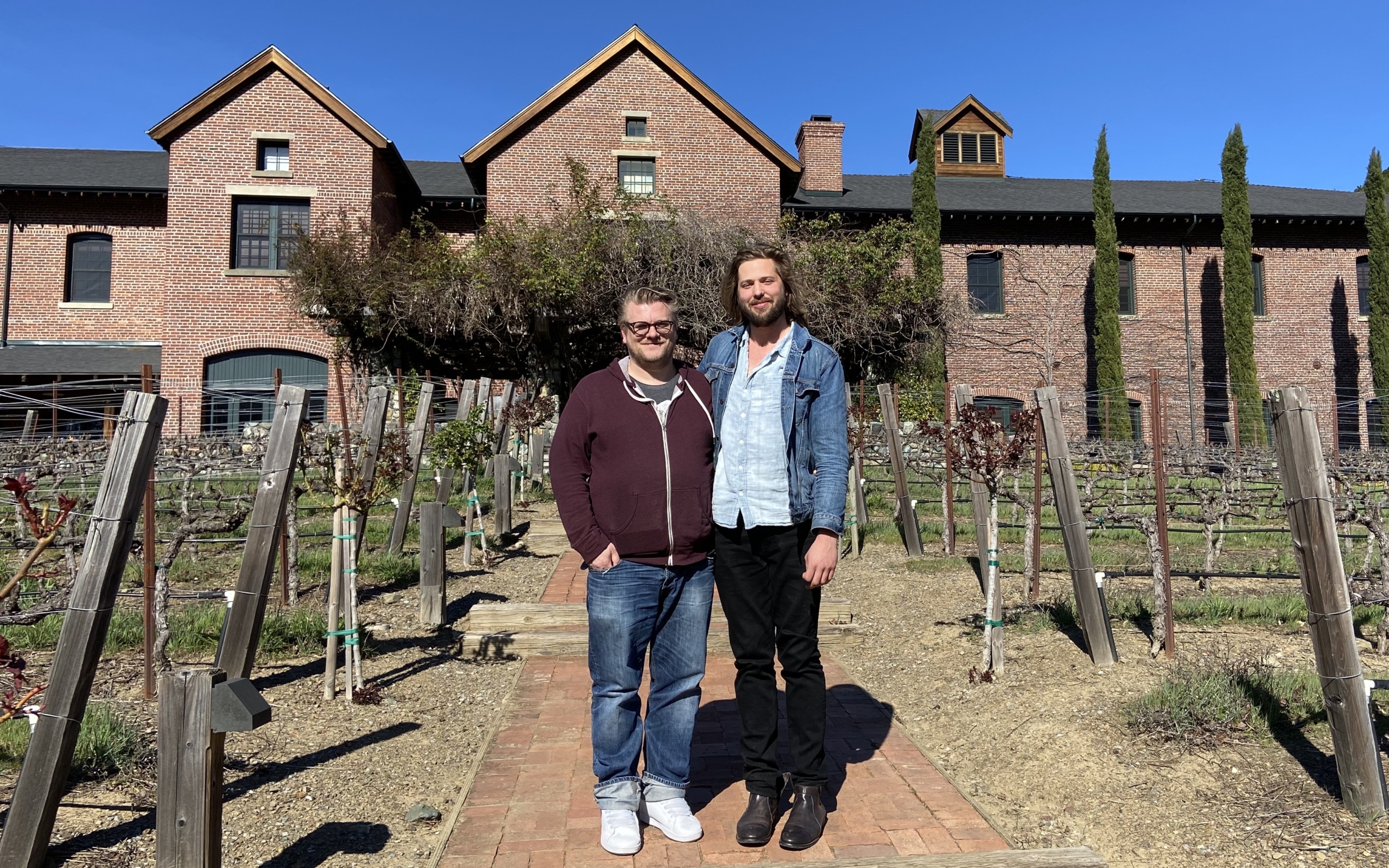
Peter Albrechtsen and William Fritch
DS: So it was the filmmakers that brought you two together?
WF: Absolutely, in all the things that we’ve worked on outside of Jason and Kate’s films have been through a mutual contact. Everything started because Jason and David saw the boldness and conviction that Peter had in his sound design. I had worked with Jason’s wife on 4 or 5 films that she had produced or had some role in previously. So it’s a really neat community of people here that you wouldn’t really expect. It’s very interesting because most of them come from a documentary world, but they also share the same sense that a story is a story. And there’s the desire to have it be a rich and nuanced environment. So often there’s a conservatism of how documentaries are mixed or similarly composed to in a box. It’s like music is just this transitory thread, setting the table essentially and then you just get out of the way. That’s not the kinds of films that they’re trying to make. So it’s really been hugely inspiring to get to work with them and question your own decisions and be as circumspect as possible about why you’re investing sonically into a scene or into a character a certain way.
PA: The directors who are doing We Are As Gods, their previous film was about Bill Nye. That was the first film where Will and I really got to sit together and make everything meld together and we really had this connection. Looking at the soundtrack as if it’s all musical or all sound in a way. I really remember going through the music tracks, just sitting there and making that meld with the sound. Then we’d ask “can we make that sound come in later so that it fits with this musical instrument that’s down there?” and “can that tone that you have there in the music, maybe we can pitch this room tone so that it fits the tone in the music?” Everything is very open and that was the point where we realized how in sync we are and how much we think the same way.
DS: Yeah, I noticed that about the music and the sound. Sometimes it was difficult to distinguish where one stops and the other begins.
WF: We had a screening of the film at Berkeley Sound Artists. A fellow sound mixer saw the film and commented that it’s like a river. The film goes long and it’s just collecting all this other little sediment and stuff and it’s channeling through the film. It’s irrelevant what is score. It’s all the environment and the perpetuation of buying into this main character, Devi and becoming further and further ingratiated and committed to the arc of the story.
I knew how particular they were about sound and all I cared about was that it had to be right.
Because of the timing of everything, I had been working on this film for an almost impossibly long amount of time. Over two years of sending back and forth, and revisiting, and starting from scratch on the score, because of my relationship with Mario and Kate. It was definitely not a get rich quick scheme. It was a passion project. I knew how particular they were about sound and all I cared about was that it had to be right. Otherwise they would teeter towards “we’re going to have no music”, because they were so concerned with not being manipulative.
As soon as Peter got in there and took the reigns of really melding and creating and going in like a chef, sprinkling this and that. All of the little flavors that were in the nat sound and the music, incorporating the foley and all sound design stuff. It’s bold and it’s big and there’s this call and response. The music isn’t foreshadowing so much, the character’s action in the scenes unfurl the music.
PA: It feels very very organic. That’s a thing that I really love with scores and music is this feeling where I don’t really hear when the music starts. Like suddenly you realize that it started somewhere and it just came out of all the sound. There’s a lot of moments in Freeland because of the nature of the textures, Will has several tracks or several stems in his music that you turn it on and it’s just like an ambience, which very much goes with it’s sound. So you can start things and it grows into the cue and it’s a really beautiful way of going from something that is without any music into quite a score, but you don’t realize when you sink into the music. It feels very natural. The thing about our collaboration now is, there’s this mutual respect that means that we can do these things without being afraid of doing it. From what I hear about big Hollywood productions is that things are very much in different departments. The sound department is over here and the music department is over here and they don’t really interact.
WF: Right, you have a score mixer that is delivering the score and it’s like these monolith blocks that end up being incorporated. What’s so fun about Freeland and again it’s that it’s complete trust. I tried to put the energy in that each element of the score would still have the nucleus or the spirit of it. So even if it’s something like simply a percussion track, it’s the sound of the room that I’m recording. Like everything, even a synthesizer, it was put back into an acoustic space. Sometimes through a full spectrum speaker, because the whole environment of the film up in this area of Humboldt, it’s almost like a claustrophobic ecosystem that has these big huge redwood tress. It’s like a private, reclusive part of California. So I tried to think of each sound almost like it’s reflecting through the trees. In some situations I would be tying my hands behind my back, because I’m printing room tone into the track. There’s reverb and even for some things a delay track. It’s all wet. That’s like the vibe and more so, I’m committed to it. I was like “no this is the melody and I want the melody to land here,” it’s like no, this is the spirit of the piece and if we fold this in two, it will carry more weight. And if you cut it like this, we’re going to be in a key change and mess up the whole composition.
PA: The way that it’s scored and the way it’s sound designed, there’s moments where there’s certain beats that it hits, but it’s more about creating a flow. Like you were also saying, this feeling of when does something start and the other thing stop. There’s a texture, that takes you to another texture, that bring you to a third texture.
DS: Right, it felt like a push and pull or a back and forth dialogue between the music and the sound design. So how early in the process do you guys start talking to each other?
PA: On this project, we didn’t have that many talks early on because Will was talking with Kate and Mario and I was talking with Kate and Mario and they were bringing things along. But Will was a part of the process so early with the music, I heard things that Will had composed much earlier. So I told the directors, Mario and Kate what I was thinking about. So I heard different things that he was working on. For me that was a way to get into the vibe of the sounds that Will was creating. He had a very long creative process.
WF: The whole film from head to toe was three separate passes. I started so early that the film was completely different at that point. It just was different. There was the same actor, but they did a whole added two week shoot on stuff and created different scenes. They dug their heels into the economic ramification mounting against the main character. So this whole other ratcheting up of suspense meant that the musical things that I had invested into, not that they were no longer right, we just amplified the intensity in a way that the peak crescendo of the energy or noise that I had was at a 6 or 7. I needed something more extreme. I could utilize dissidence in a way, more liberally than I had. We had this process 3 times, head to toe.
At one point, they said “We only want percussion. No melodic instruments. We don’t want any.” so I was going and buying these little knick knack percussions. I did whole songs that were trimming scissors for trimming buds, coming out of some of these trim scenes
At one point, they said “We only want percussion. No melodic instruments. We don’t want any.” so I was going and buying these little knick knack percussions. I did whole songs that were trimming scissors for trimming buds, coming out of some of these trim scenes. I used different sized scissors going all the way up the shears. We went down this rabbit hole and where we ended, was with something a little more opaque, in a good way. It allowed a chance to blur and create a surrealistic score, versus your going all in on a score where every time it comes in, it’s percussive and announces itself. In a previous iteration, it was using a lot more synthesized material. They were like, “we need juxtaposition, it can’t be all this beautiful organic instrumentation, we need something more brittle”. I was in it to experiment, whatever they wanted to try, and find the right language.
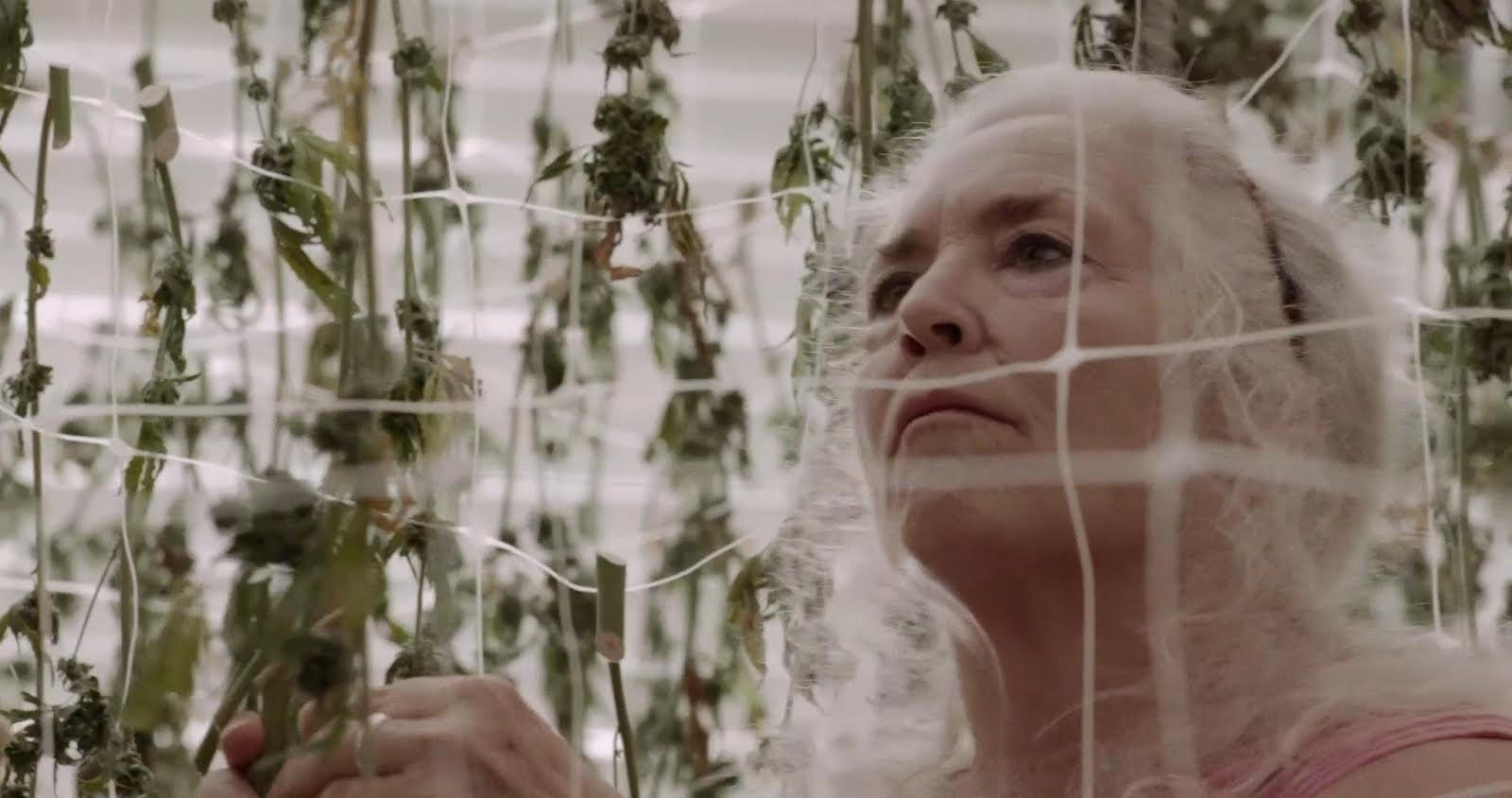
PA: The way that Will is working with music is approaching music like it’s sound. Of course it’s also about playing a melody, but it’s also so much about the feel of the instrument and so much about the texture of the sound of the instrument. When I get the stems from Will and start listening through elements, there’s a special feel to the sound. It’s not like it’s just recorded quickly. The feel of it is very significant. Sometimes film music is telling the story only with melody. The thing of this type of score that Will did for Freeland, was that it’s telling a lot of it through sound and and through the sound of the music, and not necessarily through the melody of the music. This opens up for, in my opinion a much more sensory way of using sound and music. You’re not sitting there thinking “oh that’s a melody, I want to hum along”. There’s melodies in there, but it’s very much about the atmosphere, like being embraced by sound.
WF: It’s not like an ambient score because there are lots of angles and textures to it. You mentioned in your questions that you prepared about wind chimes or the two way radio playing, many of the decisions of arriving at the sounds that define the score, you can introduce something like this cadence of clicking the two way radio. It will completely transform it. Overlaying that over the score, you focus on a different rhythm or a different down beat. It can be easily folded into it. Whereas if I was adhering to a certain thing to lock me in – most of the score there was no click, it was me free performing to the film. So there’s incidental sounds that can feint it’s own complex rhythms. Like you add these wind chimes, it’s not even the same key as the song, but it brings out something. It makes it feel like there’s another chord change in there. That stuff is endlessly fascinating to me. It’s working with hyper complex texture.
Most of the stuff is not A440. I don’t even know what most of the things were tuned to. I had concert bass clarinet, bass recorder, tenor sax, upright bass, but I was constantly moving the mouth piece, adjusting the pitch because it was very clearly not A440, not concert pitch. So you’re doing a lot of micro tonal stuff. When you throw in something that’s a fixed pitch, it creates it’s own mega tension.
DS: One thing that I noticed about that was that the music came out very organic sounding, and if you’ve ever been to that part of California, it’s like this amazing organic growth of woods and forest. You’ll see trees that are like twisting around. I really felt that the music went with that kind of organic growth of the forest.
PA: There’s a lot of nature sounds in there. So many creaking tress and insects and animals and wooden sounds.
WF: There’s this one scene in the film, it’s like the calm before the storm. Devi’s driving past this gas station and you see the wind blowing these trees. So I had in the piece of music that was concert bass, clarinet bass, clarinet, but most of the pitches were just the key pads of these instruments and that was essentially the piece. Then Peter added in these creaking woods. The sound design was the melody over the top of this texture. You wouldn’t think that the sound of wood ended up controlling it.
PA: There’s a lot of things like that in the film where the melody almost becomes some noise or some sound on top of the music in a way. One thing is adding in all the sounds and all the different textures and layers, then when I’m mixing, I try to mix my sounds in a flow with the music. For example, there’s a scene in the beginning, and you see a bird flying, and I just took away the sound. Because I felt that it was the natural kind of flow of it. Suddenly the music just releases.
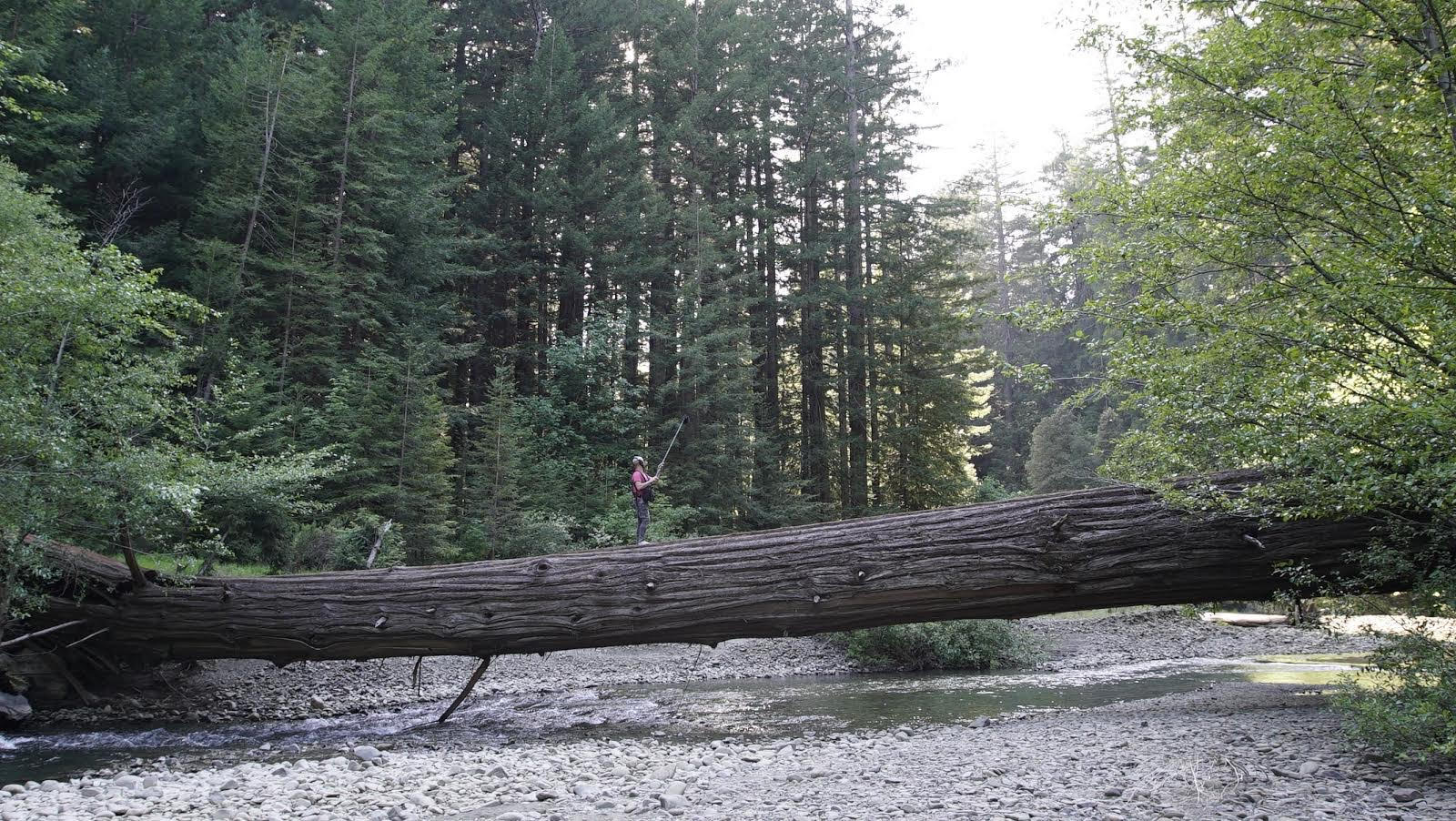
Production sound mixer Patrick Kollman
DS: That was one of my questions in the beginning of the film there were some long musical tones mixed with the birds and the radio and it made the scene feel very lonely. You could feel that this character is just all by herself and kind of out in the middle of nowhere. Could you talk a little about what you were doing there and what you were going for as far as the feeling?
PA: This police radio is kind of a sonic theme throughout the film. She’s listening to a police radio and this is something that the directors brought into the film, maybe not at the beginning of the process, but quite early. Back then it was just like putting in a police radio here and there. When I heard it the first time, I thought that was an amazing idea. Because it’s also like, there’s something about radio waves in the air and the sound of static in the air, that for me was really interesting in this context. There’s this intrusive sound among the natural sounds, you have these static sounds that could give this feeling of her alienation in a way. And also the darkness that’s brought into her life.
We bought a reel to reel recorder for a previous project. We recorded a lot of police radio things on it, so it just became this weird texture that could be integrated in the film almost like a shadow of a sound.
I’m working with my assistant Mikkel Nielsen who is also a sound effects recordist. We also play around with different textures and environments. We got ahold of a lot of police radio sounds and made a lot of textures of those. We bought a reel to reel recorder for a previous project. We recorded a lot of police radio things on it, so it just became this weird texture that could be integrated in the film almost like a shadow of a sound. So you hear both a police radio that’s very up front, but also a lot of textures that are playing around and you can’t really hear what it is or what they’re saying, but kind of this feeling of something nagging at her.
WF: Also, it’s archaic. This is the age of the legalization of marijuana, the modernization, the hyper-commercialization of the pot industry in this area. Her anxiety and the way that she views her role in society is that she’s trying to avoid law and order and that is how she has made her means. It’s this deep seated distrust of law and the government. Everyone around her is having to modernize and hold hand in hand with this regulation, and she’s just not there mentally and emotionally. So it is isolated. It is more than we can even imagine, extreme isolation.
At the beginning of the film we tried so many different things. Essentially, I’m playing one note. It’s circular breathing, this bass clarinet note. A single bass harmonic. Then I recorded it to tape and slowed that down to half speed. So you get this warbling of I’m running out of breath with the clarinet, and then you also hear more of the bass harmonic, then you crescendo back up and the bass clarinet takes over. But it’s just these two pitches, both panned center. It’s a mono track. So there’s lots or room for this collage that they built with the radio static, to percolate around this center undulating tone, that feels like it’s moving side to side.
PA: We do a lot of panning in the film of sounds and also of music. A lot of score is often like, you place it in a certain way and that’s the way it plays. But in this film there’s a lot of elements in the different cues where there’s things that are moving slightly around and we do the same with sounds, so there’s this feeling that things are moving around you. It creates a dynamic that’s interesting because it’s not just about noise and silence, it’s also about the spatial dynamics. Because of the music, the way music interacts with the sounds and pans around you, it gives you this very subjective feeling of being with our main character.
[tweet_box]Peter Albrechtsen and William Fritch on the collaboration between sound designer and composer[/tweet_box]
DS: At one point I noticed that the characters were in the kitchen talking and then you cut out the radio and it created a sense of tension. Because all of a sudden this thing that’s constant was just gone. Then you’re focused on the tension between the characters, and the dialogue, and everything that’s going on, and then the radio comes back and it created a release of the tension. Was that all intentional?
PA: Yeah, absolutely. We used that in several places. The film was quite low budget so there wasn’t any money for getting big songs, but that wasn’t really the issue. We had songs that we could use for certain moments in the film. Sometimes it’s interesting to use songs like ambient songs or environmental sounds, so it’s part of the environment. It’s not a song that’s playing up front and you think “oh this is a nice song”, it’s a song that is part of someone driving in the car, or you’re in the house and you hear a song playing on the radio. It becomes an ambient sound. Then taking away those sounds suddenly it’s like [inhales] you hold your breath, and then it comes back. We do that in the film several places. You really have to feel like it’s a part of the location. Because Will’s music is so much about the emotions of the characters. Especially the main character, really being with her. The music is almost like her inner voice in a way. Whereas the songs that we put in, are songs from the environment just playing in a room. And that kind of contrast also works very well in the film because there’s a feeling that there’s a reality and also feeling that you’re taking away from that reality and you’re in a much more subjective space with our main character.
DS: Similarly, in the beginning where they first had people smoking marijuana, you had the score going and everything and then you kind of cut out everything to really highlight the smoking almost to say “okay, we’re setting a theme here”.
WF: So much it’s like playing with scale. It’s the inversion of, sometimes the sound of this old dilapidated kitchen, or the sound of the text of the phone, or of these intimate moments where she’s taking a drag of a joint. It feels like the POV (point of view) and it is a shifting POV. You’re in this moment of quietude and very thinly veiled anxiety. So removing the score, you’ve already internalized, pulling it out and giving these moments of breath, of where it’s like you have already set the table for her mental state and then you sit with her. And Krisha’s facial expressions, her body language, it’s fascinating. All the actors in the film have such wonderful control of subtlety of facial expressions.
DS: She really nailed it.
WF: She really did.
PA: She has this way of acting where she doesn’t need to say anything for you to know how much is going on inside of her. Of course that’s also a part of what we’re doing. A lot of our work is reflecting her internal world through sound and through music. But also she acts this way, just looking at her face and her eyes.
DS: Right, It’s this person of this older culture, this hippie culture that’s now vanishing, and she’s one of the last remnants of that old culture that was up there. As they’re disappearing to this new world, new commerce, laws, and everything that’s happening. She’s the last one still doing it the old way. She played that role very well. It was very believable.
Highlights from A Sound Effect - article continues below:
PA: That’s what I love about this scene in the convention center. Which is for me, the physical way of expressing this alienation between her, and this new system, and the industrialized world around her. And the noises of everything and the way we start out, it just builds, and builds, and builds, and builds throughout the sequence which was like 5 minutes or something. It keeps on escalating.
DS: It was both sound design and music. It created this sense of discomfort. You could feel her discomfort and her being overwhelmed by what’s going on around her. You can feel that anxiety. It was really amazing how it all came together. Like you said, it just builds and builds.
WF: For that whole 5 minute sequence, she says one word that whole time and you are just so in her head, and you know and you understand. The way she tries to insert herself into a conversation and has to recede. It so fun imagining everything. At the final screening, I can imagine Pete at the mixers afterwards, playing opossum with the audience. You’ve got the frog in the boiling pot of water and at the end, she recedes.
DS: And it’s this kind of fleeting hope that she could make something happen or break through the barrier there.
The sound becomes physical, like a physical experience.
PA: And that sequence also escalates with the amount of sound and how sound and music moves. It starts accelerating around you. The sound becomes physical, like a physical experience.
DS: It’s almost claustrophobic in a sense. You feel this suffocating nature of all this sound all around you.
WF: It was even more so, I had to go back on the music with Mario and Kate. I had sent this one piece before the one that finally made it, that was so uncomfortable that it kind of made you feel queasy. Not that it was dark, but what it was doing metrically, every X number of bars, it was contracting. So it started with an 11 note pattern and it just kept getting tighter, and tighter, and tighter, and tighter. They were like “I think this is making me feel a little too uneasy. Can we do something that’s just literally the same pulse going through and then have the sounds cycle in and out?” So that it feels like it’s in a different time signature occasionally, but it’s because I cram in a little phrase in here that’s not on the one, so you’re faking that you’re in a place of stability.
PA: I do a lot of building up the ambiences like that. Will has delivered his cue and it has all these different instruments coming in at different times. I built maybe a rhythm of a machine that has something like ka-whah, ka-whah, ka-whah and that goes into something Will has composed like an instrument that does something. Then I make a tonal element that goes into something else. So there’s a lot of interplay between the sounds and music. The great thing about our collaboration is we can do these things and there’s total openness for things like that. It’s not like “don’t touch my music, don’t touch my sounds”. It’s more like “please touch my music, please touch my sounds”. It’s all about having an interaction and a dialogue about it. When we had a screening of this, during the screening and just after that sequence, Will was grabbing my shoulder saying “yes”.
WF: I was so happy with it.
PA: So this feeling about, we’re doing this together. We’re not doing this independently from each other. We’re doing it together.
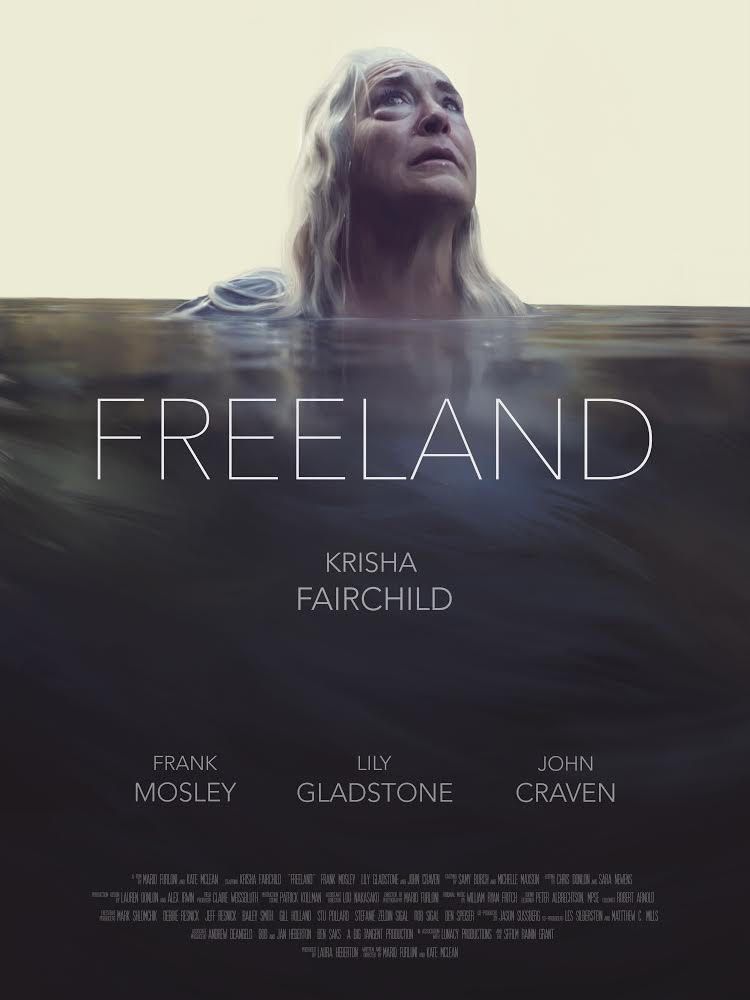
DS: So in that, do you talk about what instruments you’re going to use or what frequencies to stay away from? I know on some movies sound effects will try to stay away from synth sounds for example, because that’s for the music department. Did you guys have any conversations about that kind of stuff?
WF: No. I mean, it’s a great idea for some projects. For the Bill Nye thing, it wasn’t so much that we had a conversation before hand, but we got into the mix and I had all of this low percussion stuff. I was using the upright bass. Bill Nye’s character had this walking bass line. It was just chewing up the sweet spot of where we needed frequency to handle the changes. So all of a sudden we pulled out what I thought was the main character of a lot of these scores, and then all of a sudden Peter had all of these playful little sounds. So it completely changed everything, and for the better. All of a sudden you pull out what you think is the back bone and these horns and flutes that were kind of skittering, it fit his personality more. Now that we’ve had a couple of chances to work together, I’ve learned that perpetual motion, on my end, is not where I need to focus my energy. Having something that’s just really really insistent, or eating up a lot of low mids, or taking up a lot of space. It wasn’t a conversation per se, but in my mind it’s knowing, don’t become so attached to something. Whatever you think the anchor of a piece is, invest enough into all of the appendages. So if you end up with just a right hand, you’re happy with that right hand.
PA: You can still swim with the right hand.
WF: Exactly!
PA: It’s interesting, because we don’t really sit down and have long conversation about how technically we’re going to solve something. The thing is, that emotionally we’re very much in sync, so it’s more like a process of development. Then when we get closer and closer to a final result, then it’s like “maybe this piano thing that you’re doing up here, can you also try doing something down there? That would be really interesting.” or “is there some way that this bass line that’s up here, move it ahead and have the sound start here?” It’s a very natural process where there’s a trust for each other. Also, for a film like Freeland, there’s a way to do it.
When you’re doing an action movie you can say “okay, there’s a big action scene here. There’s a car chase, there’s a dinosaur here, there’s a spaceship here.” You can say “for these big moments we need to do something here, we need to think about how do we do the sound and music?” But for a lot of the films we do, they’re much more emotional. It’s much more poetic. It’s more difficult to put that into a Power Point and say it needs to start here and end there. It’s much more a feeling of things. The thing is that we have so much respect for each other in the creative development phase. It’s okay to tell the other “can we try to take away the sounds here, so there’s room for that cue?” When we had the screening, Will’s comment was “can we take away this cue because now that it’s all sound, we don’t need this cue anymore?” There’s this mutual respect where it’s not about flashing your own muscles. It’s about doing what fits with the mood and feel of the film. I think it can be quite difficult to plan that in advance. It’s something you develop during the process. That’s why it’s so great to have this feeling of a total common understanding of each other.
WF: If the maxim is the best way to elevate what we do respectively is to just keep the interest of the story. All that we are here is to help shepherd this story to becoming it’s most realized self. These filmmaker have lived with this story and the pressures of making this film for 4 years and that’s been their whole universe. While we were involved in these really intense short periods of time. So there’s this great sense of pressure to not be like “I really want to showcase this explosion.” You hear these elements come together and it’s like “oh my gosh”. We watched these films and it’s like “ how do we maximize the big moments?” They’re going to feel so much bigger if we let the lowest point be really, really, really low. And really ask yourself, why are we leaning on music here? Why are we leaning on sound? And if you’re open to asking those tough questions, you don’t get so over attached to one event? It’s the holistic accumulation of all of the events.
There’s a moment in the film where we have a cue that’s very loud and big and it’s a very emotional place where our main character looks back.
PA: There’s a moment in the film where we have a cue that’s very loud and big and it’s a very emotional place where our main character looks back.
WF: She returns to the old commune.
PA: It’s a really beautiful moment. It starts very quiet and the music swells up and it really has it’s place there. That was something that was there already when I started on the sound.
DS: Right and that was where the chimes came in at the commune. I was wondering if this was something that you talked about with the chimes there?
WF: No, but as soon as I heard it incorporated into it, it was such a beautiful little moment. You know they put so much thought into building the locations that they filmed. The way that Devi’s room in her house felt, and the way that she moved around her space. So to be able to hear these little vespers of what is sacred to her and why she against all reason is fighting to keep this way of life alive for herself and hearing it in that moment of un-muted nostalgia and love and regret and all of those things at once. And to be able to hear those sounds folded into it. It’s really a special, kind of surreal thing.
PA: What we do on these low budget films from a sound perspective, because there’s not the budget to do everything on the foley track for everything, so I really spot the places where I want the foley to be there. Then Heikki Kossi, who’s doing the foley for me, he’s also a musician. He played double bass. He’s a very skilled musician himself. In many ways he treats the sound like we do. It’s all about texture and the feel. Then I select a lot of spots where his sounds are such an integrated part of the sound track. Then there’s other moments that are much more about ambience and effects and music. That’s where I need to spot those moments because of how the whole things is budgeted and structured. It’s also something that comes very natural. It’s this feeling of when you create a soundscape like this, it’s something you slowly build it up. So I usually put these foley things quite late in the process, because then I’ve already built everything else. So Heikki will get both Will’s music and my sounds, so my ambiences and all the creaks of the forest and all the radio noises. So he knows what is there and what he’s up against. He will know the texture of the film and it’s very important for him as well. So there’s this interplay between everybody on the team which is just really great.
DS: That’s a good money saving technique as well, because he knows what’s actually going to play through the music and sound effects.
WF: He becomes an overdub artists.
PA: Yeah
DS: There were some flashback scenes where they flash back to the 60’s or 70’s, whenever it was when they had the commune. How did you deal with the sound from those? Was there any special treatment to make it sound like it was older?
PA: Yeah, there was definitely some of these textures that we created from recording to old reel to reels. Actually, that’s something that we’re using for We Are As Gods.
WF: A lot of the archival comes from Stewart Brand who is the main character of We Are As Gods.
PA: So I got ahold of all these different optical sounds. The cliché for those kind of 8mm stuff is you hear the projector machine [vocalizes sound], but I’ve always found it much more interesting to be kind of inside of the film, so you hear the optical sounds [vocalizes sound]. So we often have layers of that playing around. In Freeland, you have the police radio over here with very harsh radio noises and you also have very soft flashback sounds, but which is also like these kind of frequencies like dust, dusty sounds. Trying to take the soft one’s and the hard one’s and slowly through the film, they meld together, and then at the end there’s this quiet moment where she finds herself in a way. Where the sounds also meld together and you have both, all the weird noises and all the soft sounds. So there’s definitely almost like a dramaturgy in just the textures of all these small noises that we tried to work with in this archive material.
WF: It’s a similar thing with the music that plays over it. I had written a piece for pedal steel and for concert bass, but the brightness of a fully tuned pedal steel was just too modern and too americana. So I de-tuned the pedal steel so that it was barely even making a sound. It was dropped down like a whole ninth from where the normal is. So just applying the bar, it wasn’t just vibrato anymore. You push the string on, it’s like major pitch vacillation, so you had to play extremely gently. It’s like you’re playing these cords and everything is just like piano. You’re barely touching it and you’re riding up the volume pedal. Also just the pedal steel, how your body has to be in concert. It’s this relatively noisy mechanical instrument that is guided and shepherded by how graceful you are using the volume pedal that allows you to crescendo in and out of it. It’s not such a different thing. If I have things at full bore and pushing the pedal up to raise it a third or a second, you hear [vocalizes sound]. The pulling of the tension is just kind of jarring. It kind of has this VHS kind of thing already inherent in the sound, so when it’s accompanied by things like a grimy lens on a projector or something like that, it feels like this, something that’s about to fall out of collective consciousness. And for Devi as her last friend in the area leaves, it’s like “what are these memories, but the echoes of our shared experiences?” If she’s the last one holding on to this way of life, what meaning do these stories have anymore?
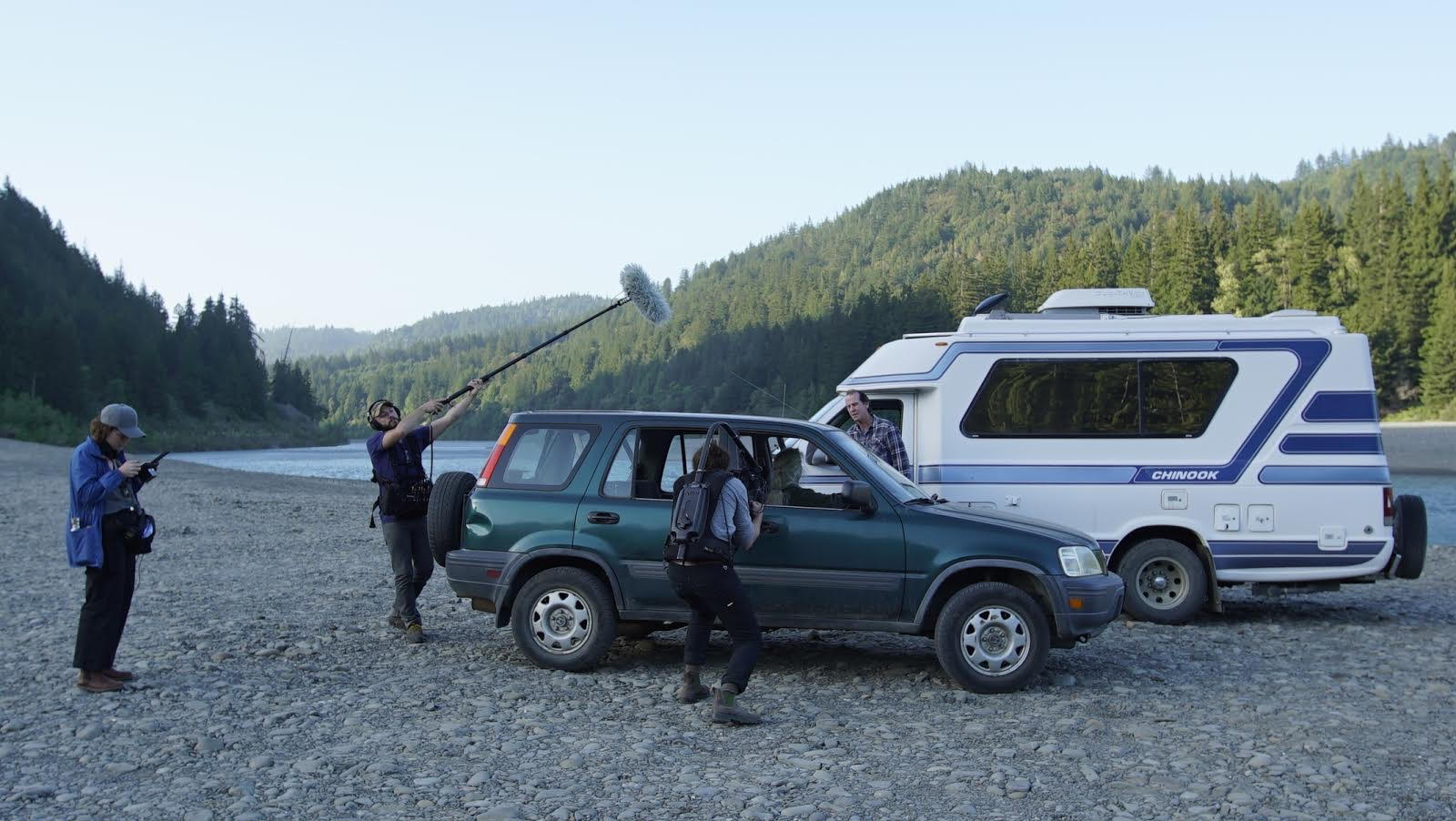
DS: Right, and you really get the feeling of Humbodlt. Being from Northern California, I’ve been to that area a number of times and it had that feel in the movie. Of course the shots are all from there and the music and sound blended right into it. It really makes you feel like you’re in that area. You know how it’s like damp and misty there?
WF: Yeah
DS: I was almost feeling that mist and smelling the redwoods. That was the feel.
WF: That’s so awesome.
PA: There’s also something I love to do is having a sound that I then process in different ways. I love working with this delay plugin called Slapper, where you can do very abstract things with delays. Maybe there’s a sound of a car passing by and then I take it through Slapper and I echo it in different ways. For example, there’s a scene at night where Devi’s driving and there’s cars passing, and the car passes I’ve taken through different weird delays. You can feel that it’s a car passing but it’s also something else.
WF: It’s amazing, because when I heard him doing this, he’s creating this phase effect of the car, because you’re already getting a doppler of the car driving. He’s putting it through this added filtered echo, so it’s enhancing the dimensionality of this car passing by. Then with the music I have a scythe and a piece of rebar and I’m going sheeek, sheeek. That’s the main rhythm. So it’s as if you’re driving, and you’re frustrated, and you’ve turned off part of your brain.
DS: The other thing I noticed you did, I noticed with a tea kettle and a car start, where you put a long reverb on it and it blended it right into the music as these long musical tones came in. It’s like the reverb just carried it right into those tones.
PA: Yeah, we’ve been doing a lot of that also. This whole feeling that we are allowed to do that. This is a very very creative way of working with sound and music. When I hear Will’s music, I get inspired to do things like this. It’s a very inspiring and creative experience, where you feel like the music is a part of the sound design. We are all doing this together and we are creating something that should be one voice. So that the instruments blend together with the sound effects and the other way around. Also, a lot of it is rhythm. A lot of the sounds have a specific rhythm. It can be anything like car passes that come in at specific times in the music. Also crickets and insects, when they’re making their sound [vocalizes sounds], then it’s put in rhythmically with the music. That’s also because Will was part of the process for such a long time that the music was there very early. Sometimes what you experience when sound people and composer get hired last minute, then you don’t really hear anything until you’re in the mix. It becomes so late that you can’t really make it better.
WF: Or it’s so baked into the cadence of a temp piece of music, so anything that you would propose from a musical view – even though you can have great acuity with the mood or the personality of the piece, just the cuts. If an editor has been living with a temp piece of music, the greatest attachment is the unique architecture of whatever that temp piece of music is. So the luxury of being able to have something where I never heard any temp music for this. I was making music before they even shot in some cases. So this film was made completely free of any external influence on rhythm.
DS: That’s a lot of freedom.
WF: It’s so much freedom. For me, because my background is as a percussionist, initially that was how I got in tune to music. Even though, I guess I end up playing string more than anything else, I think of it as a percussion instrument. If I’m free to define how the core rhythm of something sounds, anything feels possible to change, and alter, or go in and reinvent. It’s a whole other thing, if you’re on a strict grid. It feel more laborious to change stuff. Up until the last day it was like “oh this feels a little like jelly, can we add something?” It’s free more or less.
A big thank you to Peter Albrechtsen and William Fritch for sharing some ideas on their unique style of music and sound design. You can find Peter Albrechtsen on IMDb here and William Fritch here.

